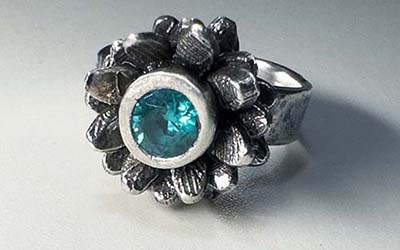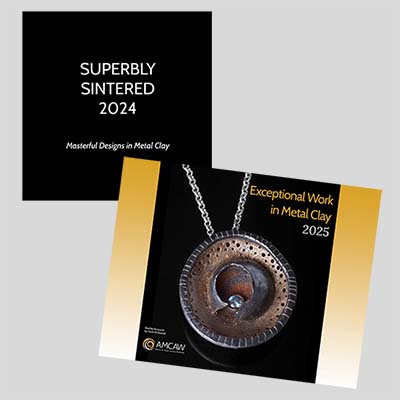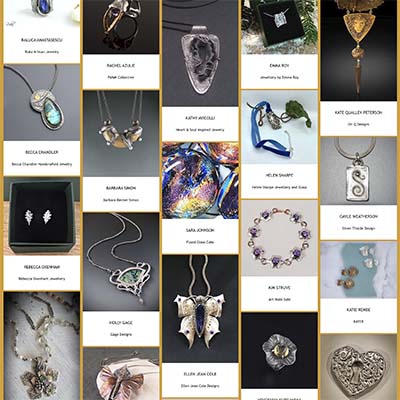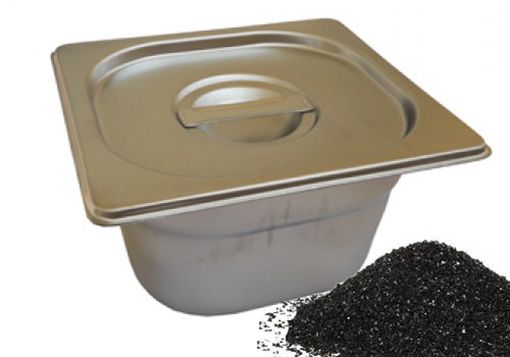As people begin exploring and working with metal clay, they often ask the question, “What is the difference between silver clay and base metal clay?”
The answer to this question requires a basic understanding of what metal clay is and how it is formulated.
Metal clays consist of powdered metal, powdered binders and water.
- The water evaporates as pieces dry, resulting in a small amount of shrinkage.
- During the first stage of firing, the binder is burned off.
- During the rest of the firing, the metal particles bond together, a process called sintering.
The various formulas and types of metal clays can require different firing techniques and schedules, and can result in varied shrinkage of the final product. Understanding each clay’s optimal firing schedule, and knowing how much it will shrink, is important information when selecting and using a specific clay formula.
















